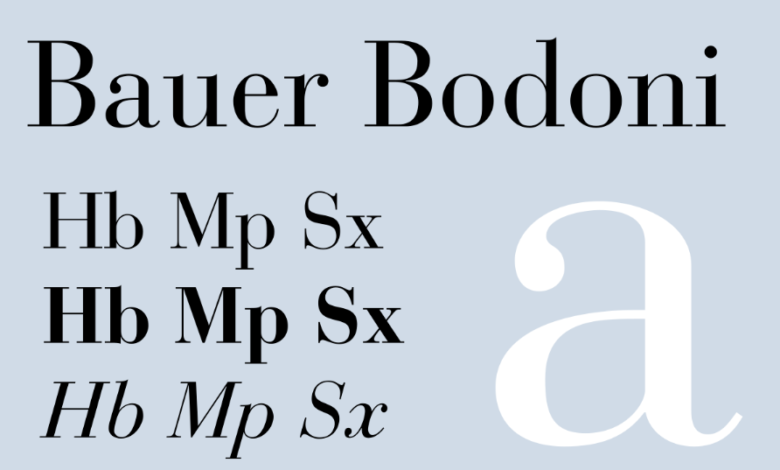Understanding Truetype Fonts: A Complete Guide

TrueType fonts, often referred to as TTF, are one of the most widely used digital font formats in the world. Developed in the late 1980s by Apple and later adopted by Microsoft, they were designed to ensure consistent rendering of text across screens and printers. With their scalable outlines and ability to adapt to different sizes, truetype fonts became a standard for both professional design work and everyday use.
Key Features of TrueType Fonts
Scalability
TrueType fonts use mathematical outlines, which means they can be scaled up or down without losing quality. Whether displayed on a small mobile screen or enlarged for a billboard, the characters remain crisp and clear.
Versatility
Because TTF works on both Mac and Windows, it became a universal format. Designers, developers, and everyday users could rely on it without worrying about compatibility issues.
Hinting Technology
One of the standout features of TrueType fonts is their “hinting.” This is a set of instructions that tells the system how to render the font at different sizes on low-resolution screens. Hinting ensures text remains sharp and legible, even on older displays.
Why TrueType Fonts Became Popular
Accessibility for Users
When Microsoft began bundling TTFs with Windows, millions of users gained access to high-quality fonts without additional costs. Fonts like Times New Roman, Arial, and Courier New became household names because of their inclusion in the system.
Consistency Across Devices
TrueType fonts provided designers and businesses with the confidence that their branding and documents would appear the same on multiple devices. This consistency was a breakthrough for desktop publishing and professional printing.
TrueType Fonts in Modern Design
Everyday Applications
Today, TrueType fonts are still widely used in documents, websites, apps, and software. Their ease of use and broad compatibility make them a reliable choice for general-purpose design.
Professional Use
Designers appreciate TrueType fonts because they provide precision and control. With thousands of TTFs available, they can find options that suit everything from corporate branding to creative projects.
Integration with Other Formats
While new font formats like OpenType (OTF) have expanded features, TrueType remains a strong foundation. Many OpenType fonts are built on the TrueType structure, ensuring that TTF continues to play a role in modern typography.
Advantages and Limitations
Strengths
- Universal compatibility across platforms
- Crisp rendering at all sizes
- Large variety of available fonts
- User-friendly and reliable for both professionals and casual users
Challenges
While TrueType fonts remain versatile, they lack some of the advanced typographic features of newer formats like OpenType, such as alternate characters and extended language support. Still, for most uses, TTF is more than sufficient.
Future of TrueType Fonts
TrueType has stood the test of time, and although newer formats exist, TTF continues to be widely supported in operating systems and software. For designers, businesses, and everyday users, TrueType fonts will likely remain an essential part of digital typography for years to come.
Conclusion
TrueType fonts revolutionized digital typography by offering scalability, compatibility, and consistency. From their origins at Apple to global adoption through Microsoft, they have shaped the way we read and design. Whether you’re working on professional branding, a school project, or a digital interface, TrueType fonts provide the clarity and reliability you need. While newer formats offer additional features, TTF remains a timeless choice for anyone looking to achieve dependable and professional typography.



